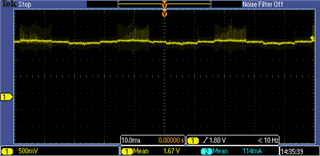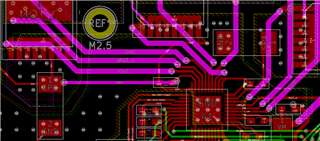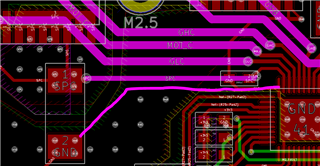Hi,
Is there any specific layout or method for 1-shunt current measuring?
I want to know the how to sense current using 1-shunt resistor.
I connect SPC and SNC with shunt resistor. and I check the SOC signal.
SOA and SOB were not connected.
SPA, SPB, SNA, SNB were connected to GND.
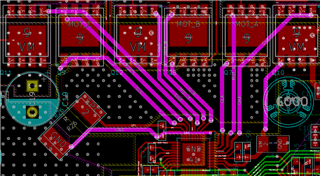
SOC signal is shown in the figure below.
motor commutation was based on the hall sensor. So there is no current feedback for motor control.
I can not measure the current signal.
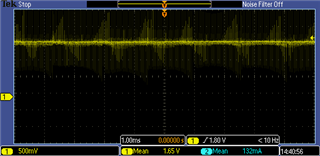
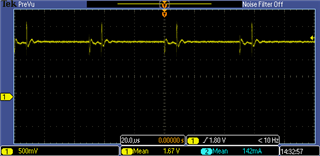
I compared the SOx signal with 2-shunt board. In this case DRV8323H was used.
For 2-shunt signal(SOx) is shown below figure.
you can see the current form.
